MOD Duo
Double ceiling / Wall light fitting
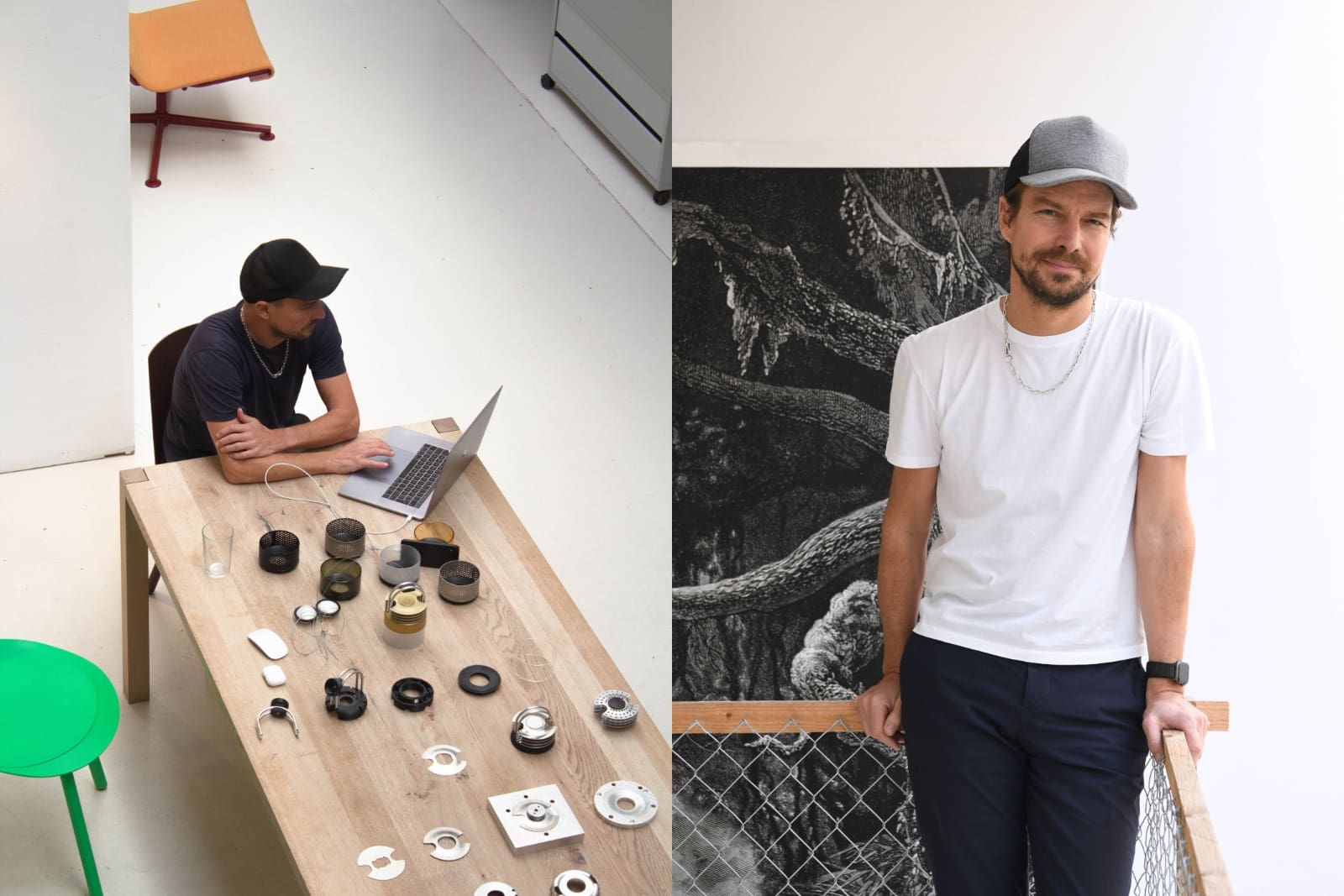
German designer Stefan Diez, born into a family of carpenters in 1971, embodies the fourth generation of this tradition. Before setting up his own agency in Munich in 2002, he worked as an assistant to the renowned Konstantin Grcic.
Passionate about experimentation and materials, Stefan Diez has collaborated with prestigious manufacturers such as Hay, Vibia, Magis, Herman Miller, e15, Midgard, Rosenthal and Thonet. Since 2018, he has also headed the Industrial Design department at the University of Applied Arts Vienna.
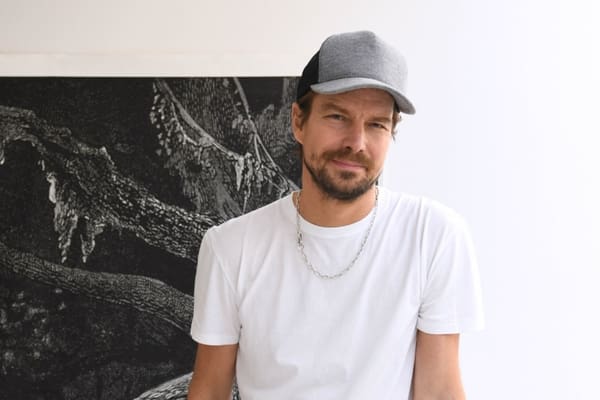
For Sammode, he designed the MOD collection, an innovative system of modular luminaires including sconces, pendant and ceiling fixtures, reflecting his ongoing commitment to innovation and functionality.
“The meeting was as simple as that. Sammode came to me with a great story: that of the tubular luminaire manufacturing process. The Sammode factory in Châtillon-sur-Saône, in the Vosges, is like a toolbox: it offers a vocabulary of parts with which you can create lots of different versions, in other words, a system. That’s what convinced me to enter into this adventure.“
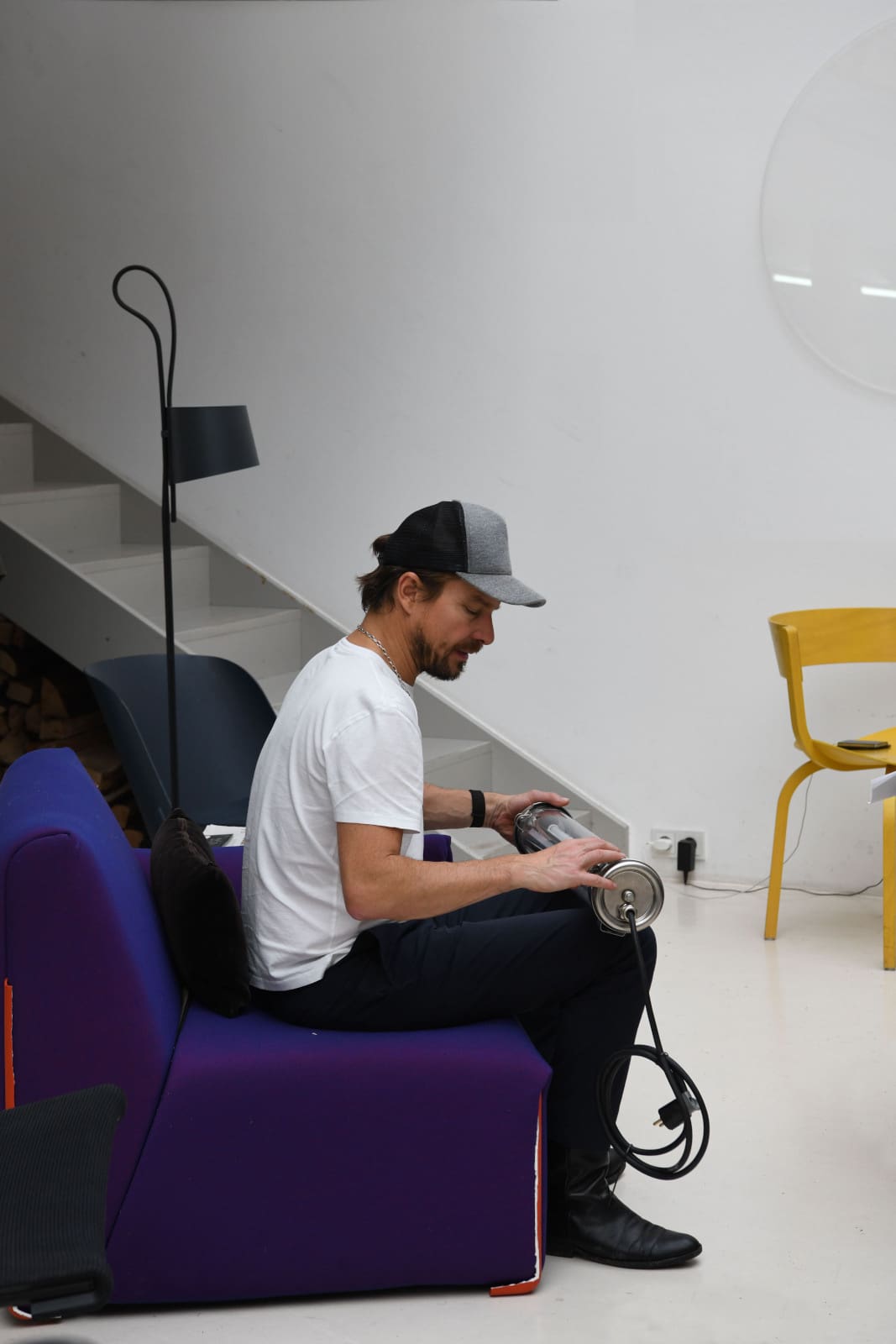
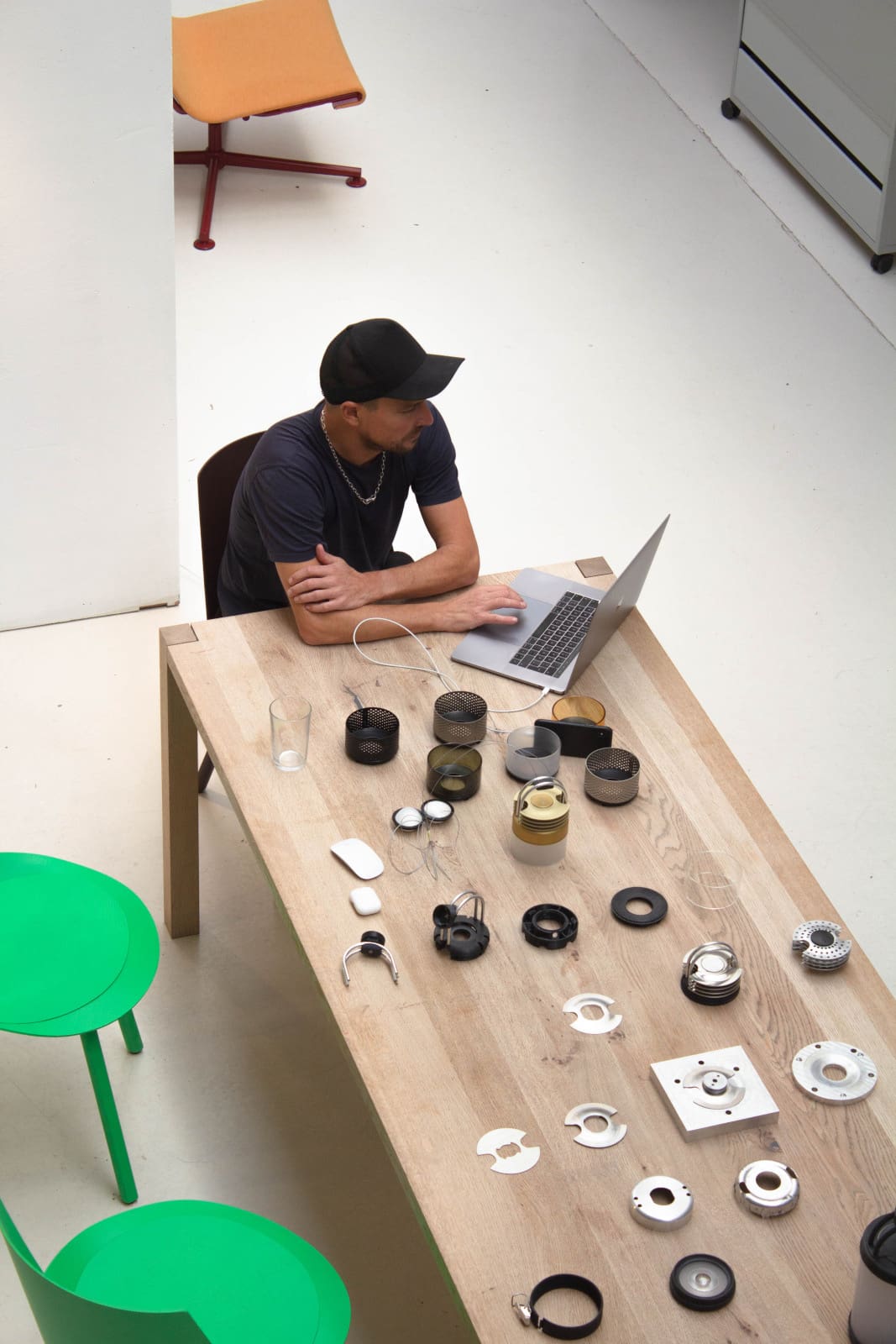
“I was very interested in working with a European company, especially one that is French and family-owned, and that makes its products in France. There’s a lot of know-how in Europe, and it doesn’t always have to go to Asia or elsewhere, otherwise jobs will disappear too. As designers, we need to participate in society in a more social way, and think about it as a whole, not just by designing a product, but by looking at the whole chain: how it’s produced, where, how and by whom.”
Suspended, surface-mounted or track-mounted, recessed in the ceiling or wall, the MOD luminaire covers a multitude of situations and applications, from the most common to the most unusual. With this new type of luminaire, which is remarkably modular, Stefan Diez has designed not just yet another spotlight, but an innovative system called The Universal Tool Box.
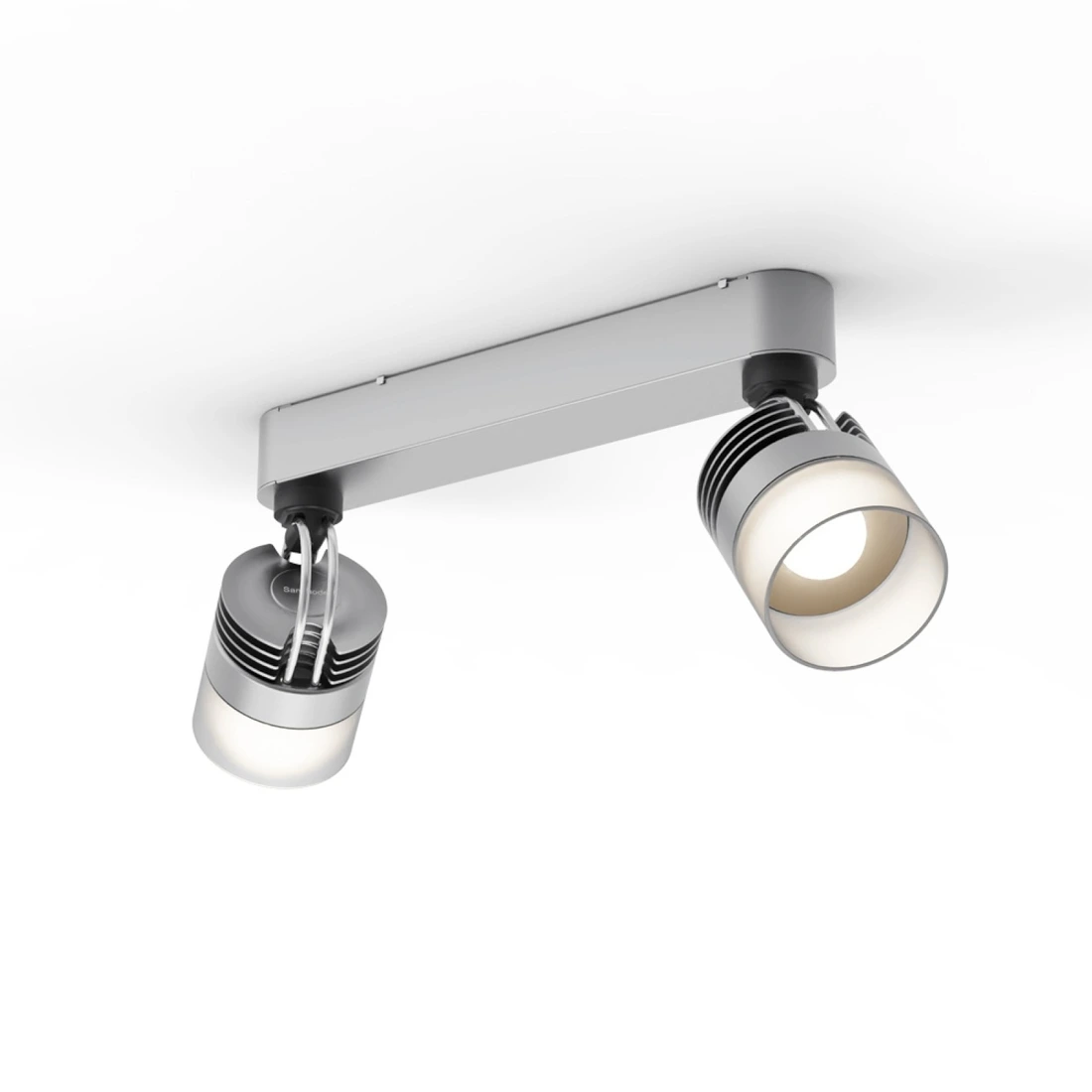
Double ceiling / Wall light fitting
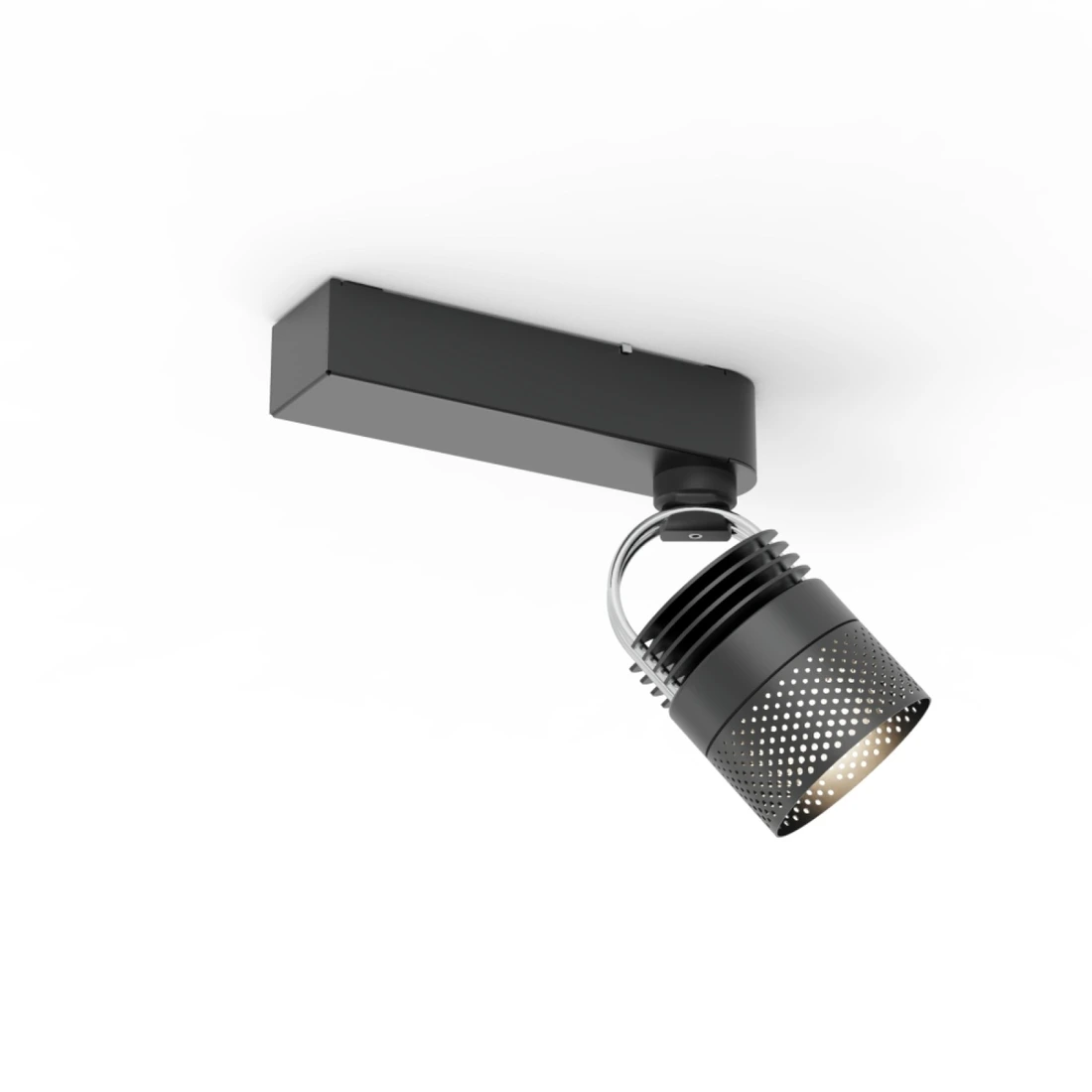
Ceiling / Wall light fitting

Ceiling / Wall light fitting with recessed housing
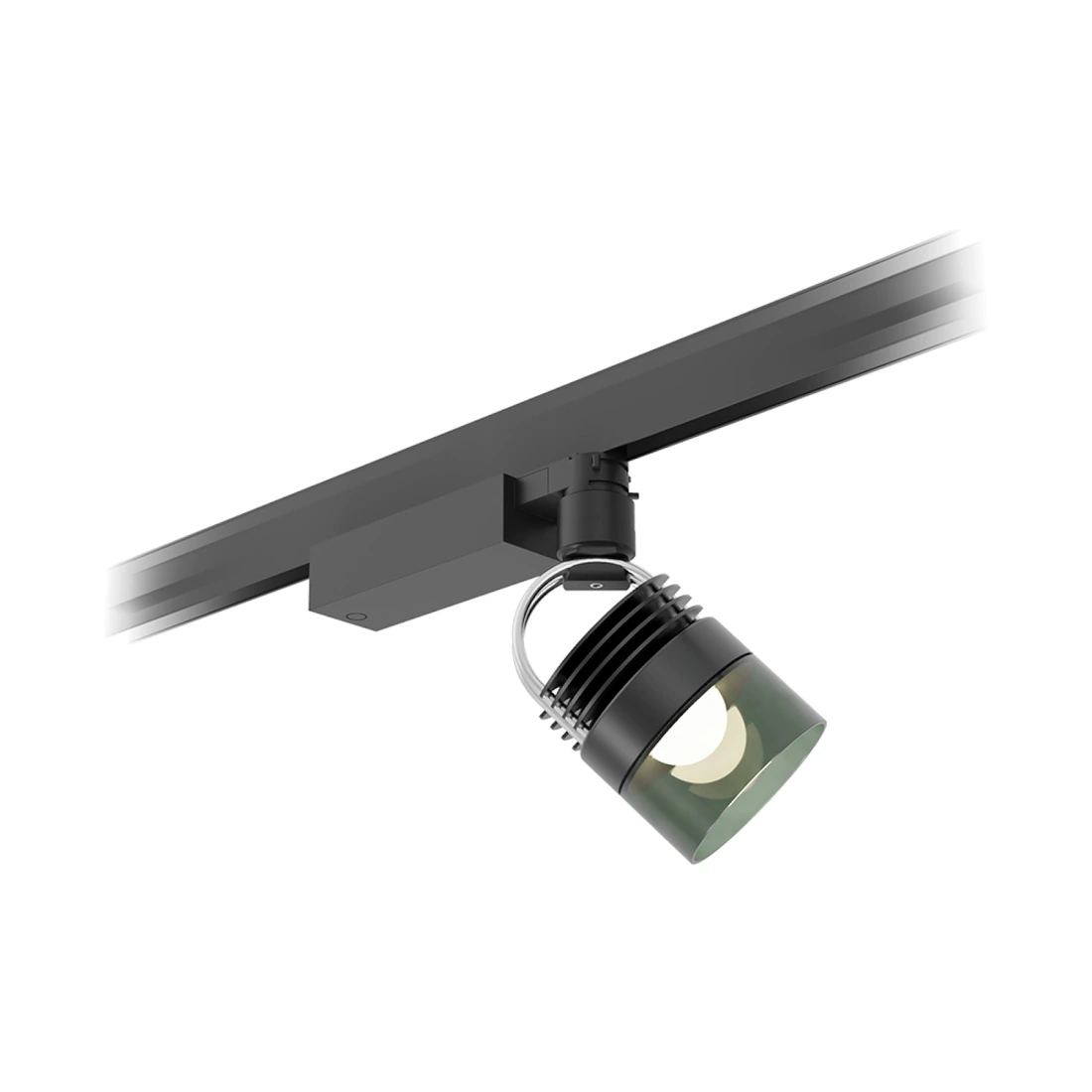
Spotlight for track
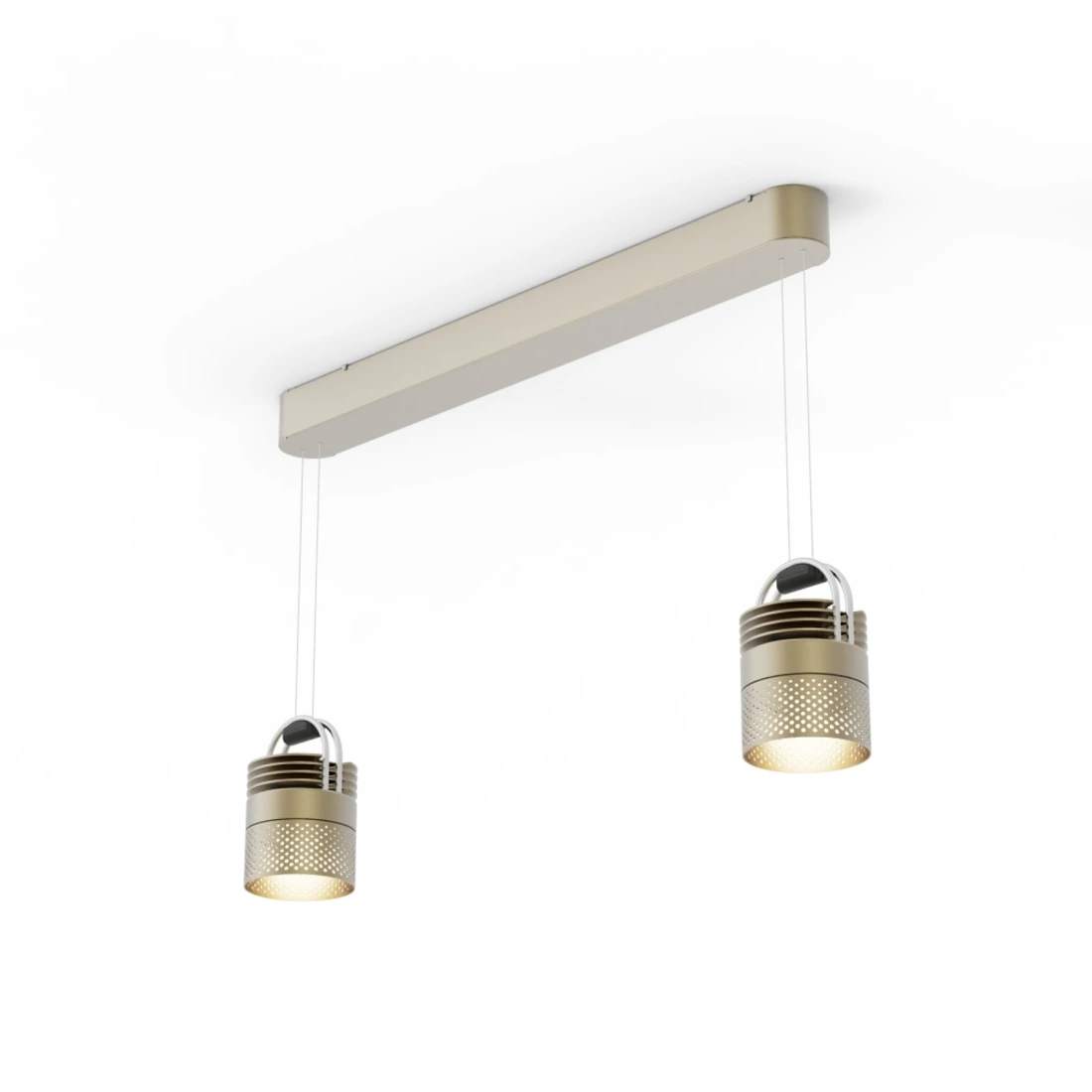
Double pendant light
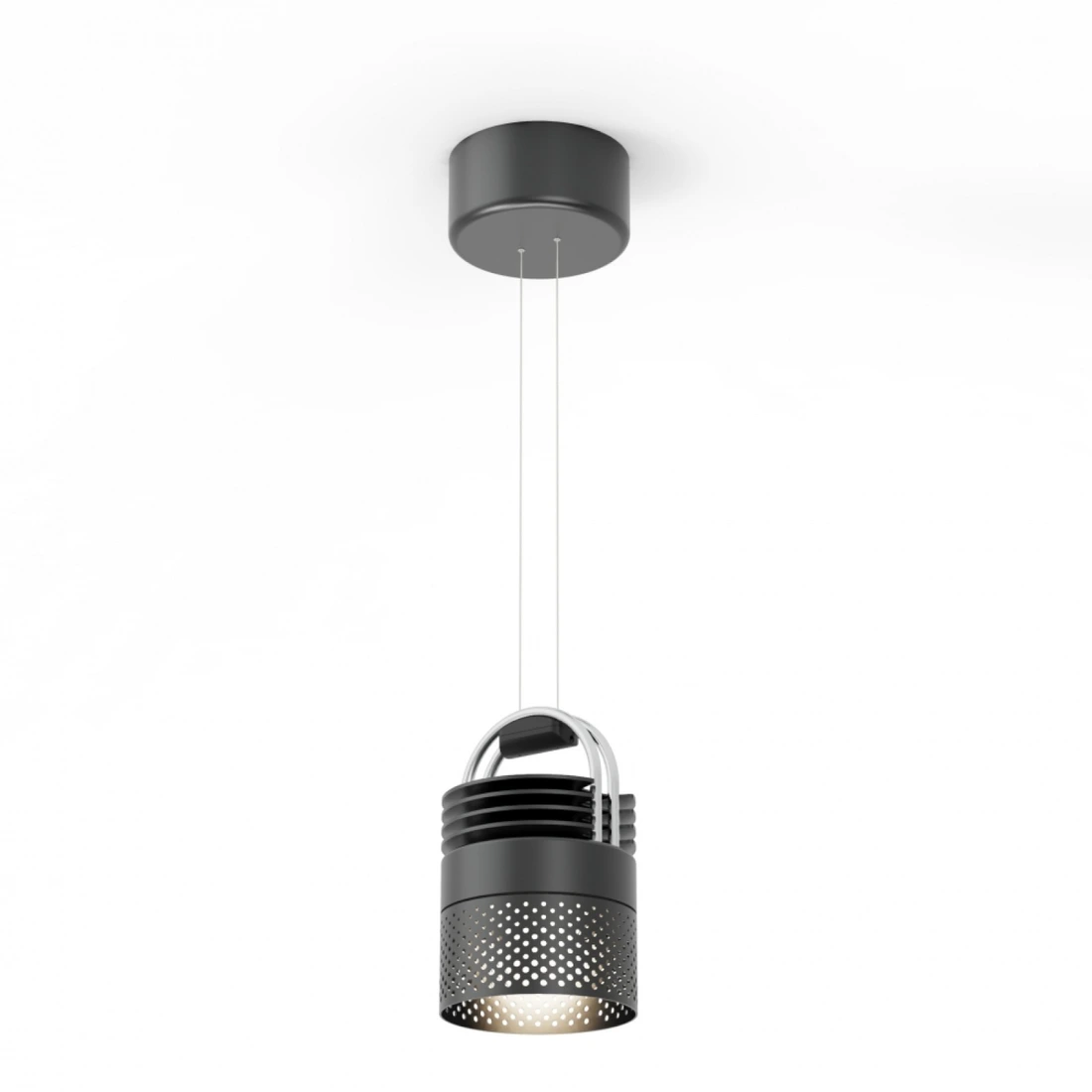
Pendant light on ceiling rose
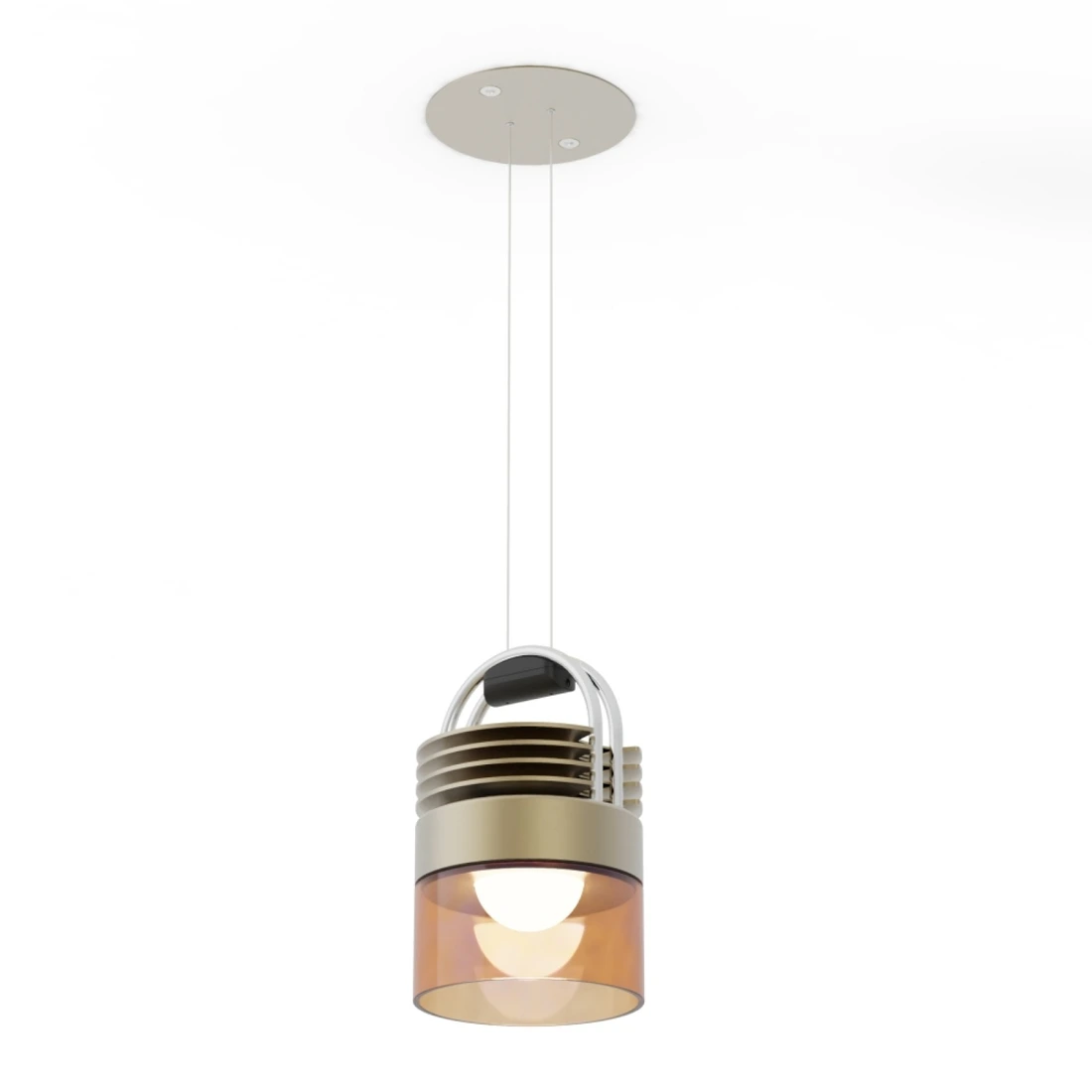
Pendant light with recessed housing
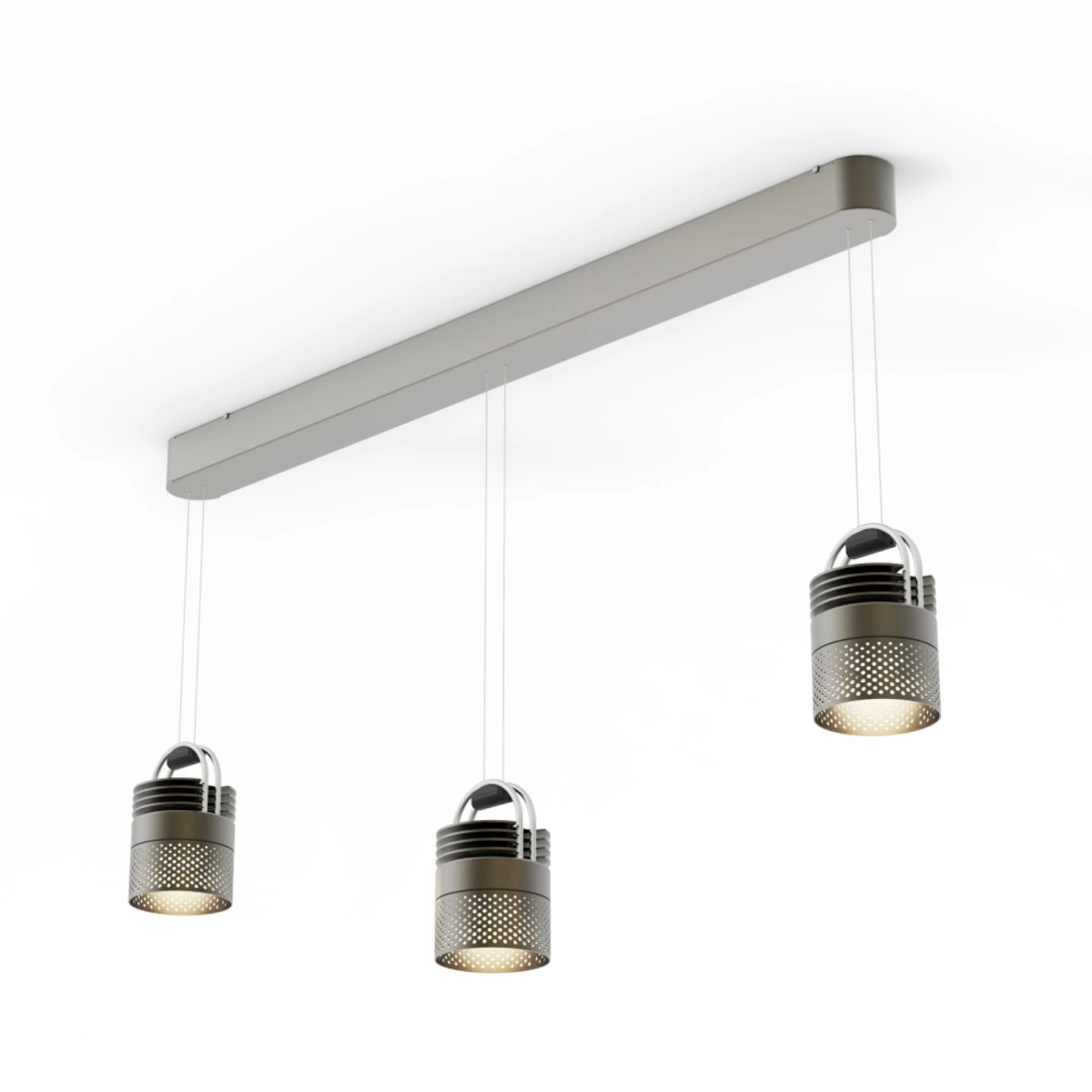
Triple pendant light
“A light fitting is an essential object, because the light it produces will be responsible for the atmosphere of a place. When I design a lamp, my aim is not to compete for the title of ‘most beautiful model’. I’m interested in the light itself: what lamp am I going to design that will change the atmosphere or, conversely, what atmosphere am I going to generate by creating a particular lamp ?”
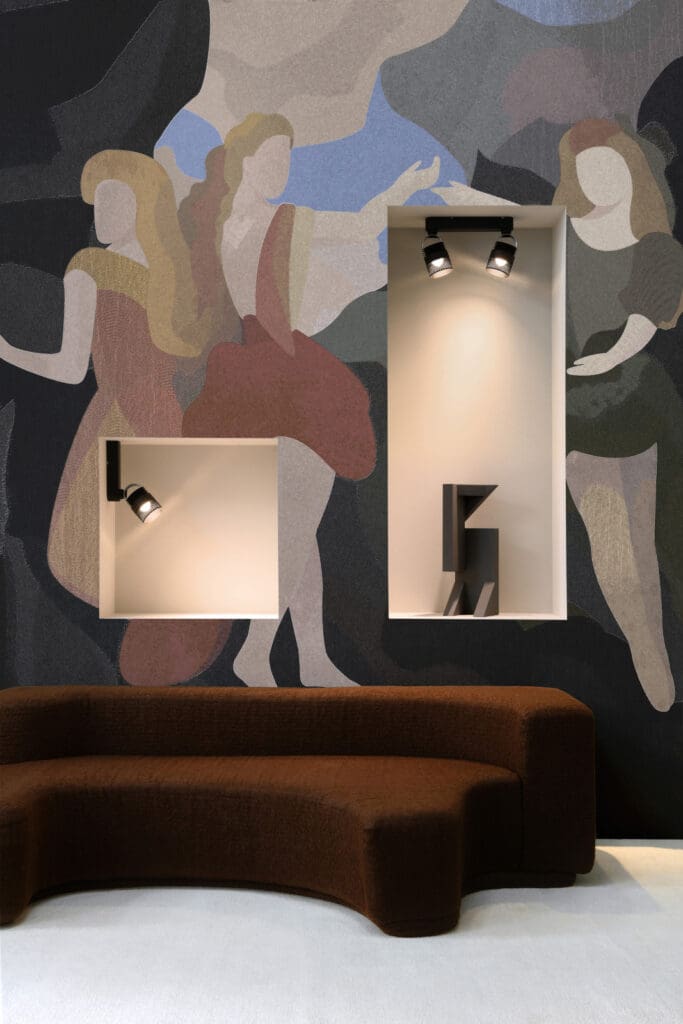
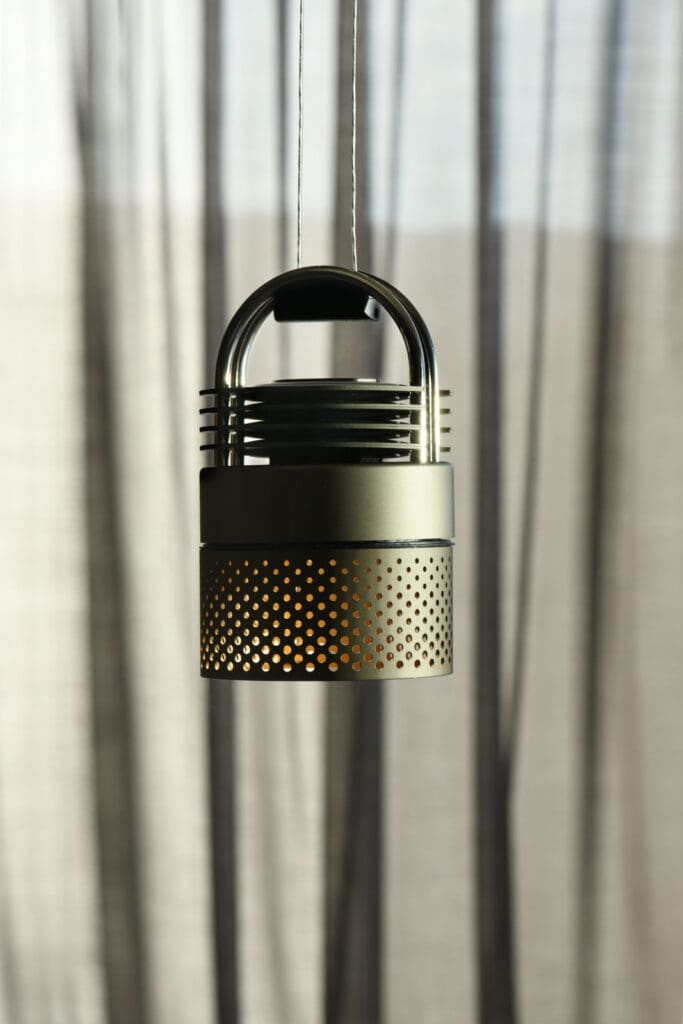
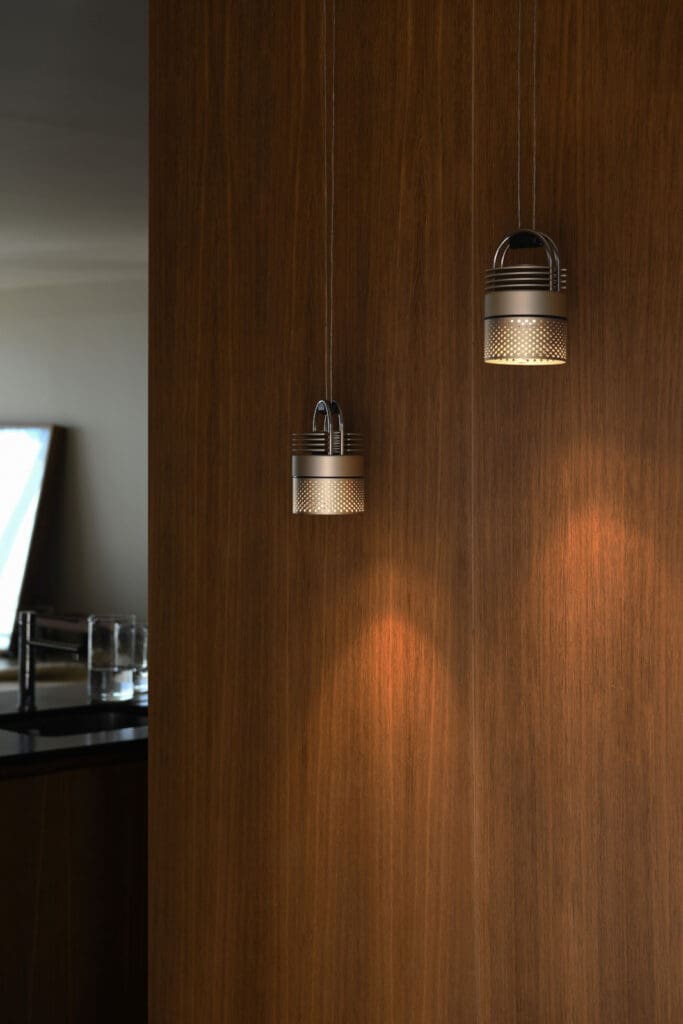
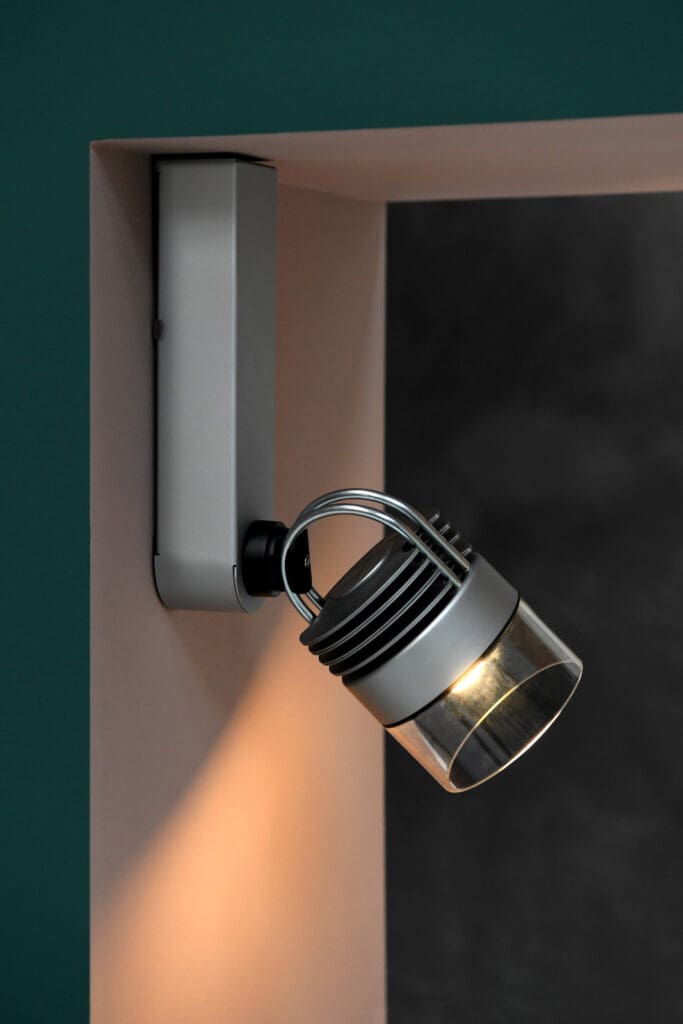
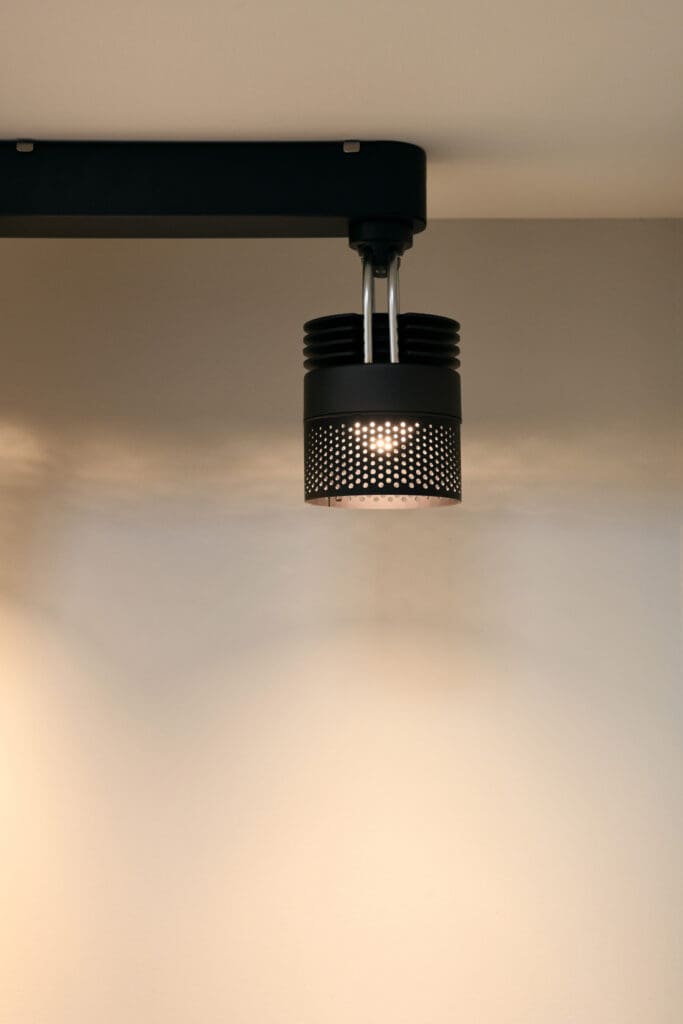
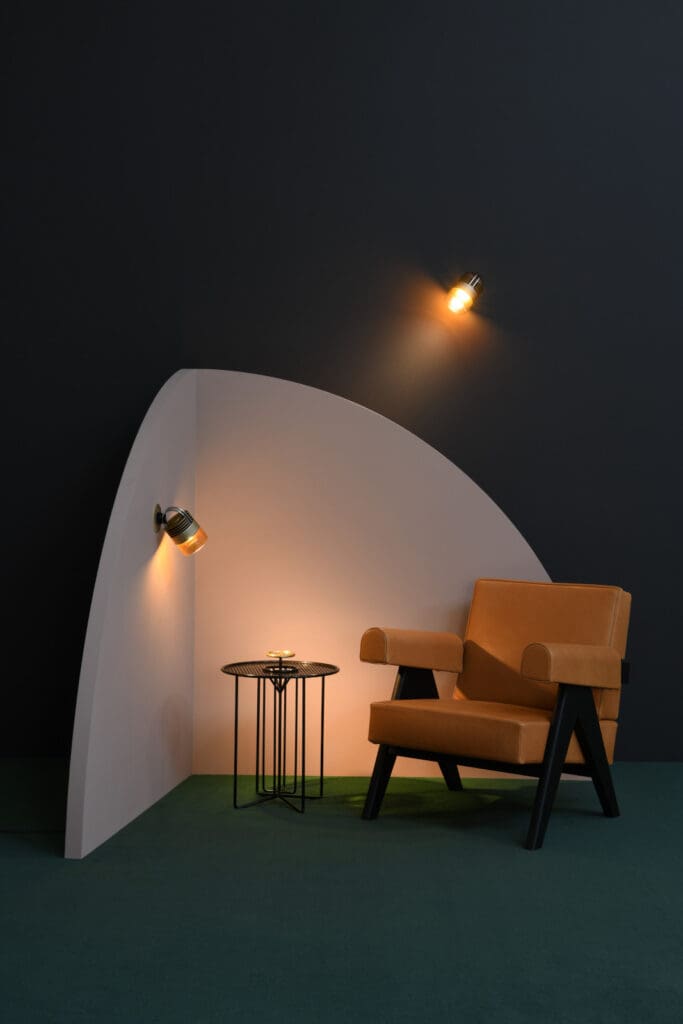

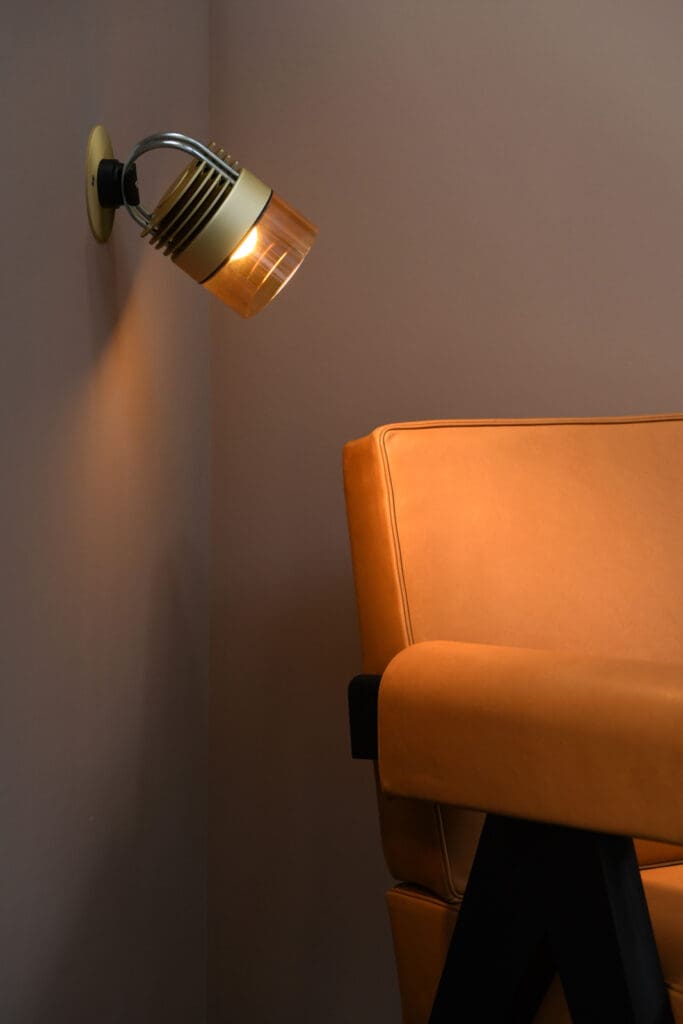
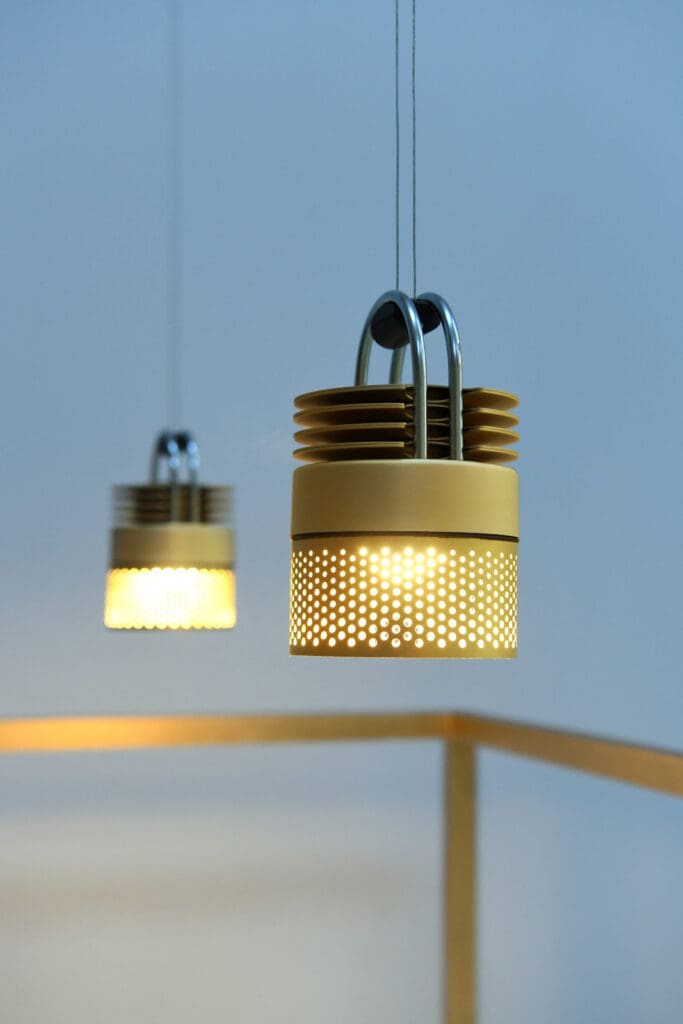
© Morgane Le Gall
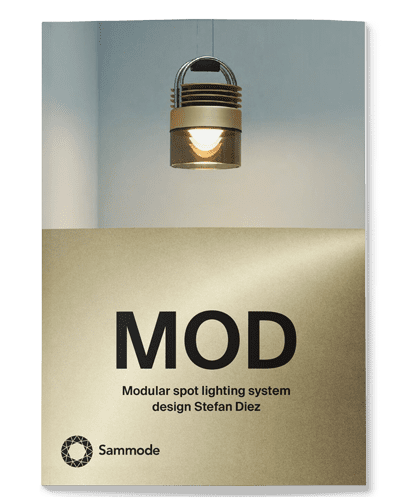
Notifications